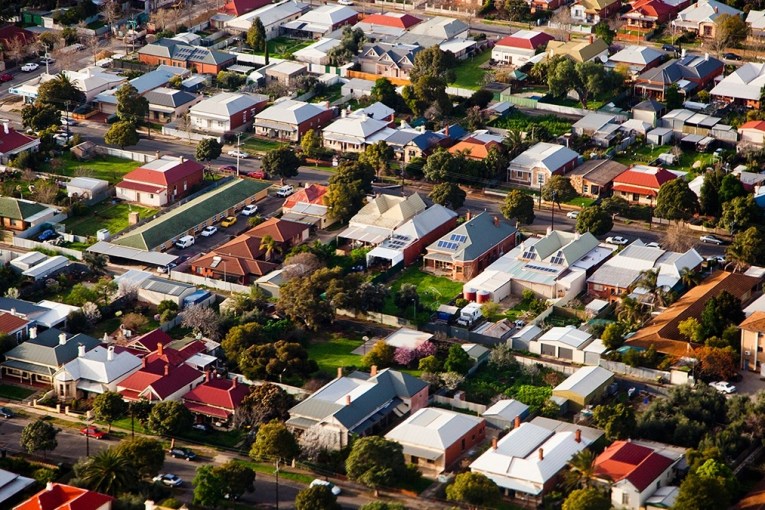Old or new: what’s the right home for you?


Established housing is often closer to schools, shops and cafes. Photo: Shutterstock
The decision on whether to buy an old or new house often comes down to two factors – price and location.
The newer house and land combinations are often on the fringes of Australian cities and tend to be cheaper and more energy efficient than their more established counterparts in the inner and middle suburbs.
• The property trend that will save you money
• How to create the perfect outdoor space
• Is this the future for first homebuyers?
But established homes, while generally more expensive, are usually on bigger blocks and are close to a range of existing community services such as transport, shops and schools that may not be available or are in the planning/construction process at new estates.
Advocates for both old and new housing can mount convincing cases for either, but the great majority of first homebuyers opt for established homes because of their proximity to friends, family and services.
Older homes
PRDnationwide analyst Harrison Hall says there is no doubt established housing “normally has better, established facilities nearby – transport, retail, schools”.
“New subdivisions typically have poor public transport and access to services,” Mr Hall says. “Quite often they have small blocks of land with minimal landscaping and vegetation.’’
He adds that with existing properties “quite often the land size is larger than new subdivisions”.

Established housing is often closer to schools, shops and cafes. Photo: Shutterstock
“Established housing also offers the purchaser scope to improve the current home via renovation resulting in higher capital value,’’ Mr Hall says.
Real Estate Institute of Victoria’s (REIV) communications, policy and public affairs manager, Paul Bird, agrees established homes have the potential to have their value improved substantially through renovation.
He says these homes also tend to have mature trees and gardens, and are more likely to be close to a city central business district or coastline.
New homes
Mr Bird points out that newer homes tend to be more energy efficient, offer modern design features such as open-plan living and have fewer maintenance issues.
Housing Industry Association senior economist Shane Garrett says new homeowners will generally have lower maintenance bills and will also save on the cost of energy.
“This does have a positive impact over time on the cost of living,’’ Mr Garrett says.
The economist says it’s important to note that while price conditions can differ widely within capital cities and major regional centres, at present the price of new house and land products generally is growing at only about half the pace of the price of existing properties.
“New housing can allow for some choice in areas such as design, finish, and extra features, allowing some flexibility with individual requirements and desires,” Mr Garrett says.
The verdict?
If your priorities are flexibility, affordability and low maintenance requirements, opt for a new home.
If you want a strong community, a great location and more land, it’s better to choose an older home – but don’t rule out renovation.
 This story was brought to you by The New Daily using data and other information from its real estate content partner, realestateVIEW.com.au.
This story was brought to you by The New Daily using data and other information from its real estate content partner, realestateVIEW.com.au.
To download the new free realestateVIEW.com.au app click here!








